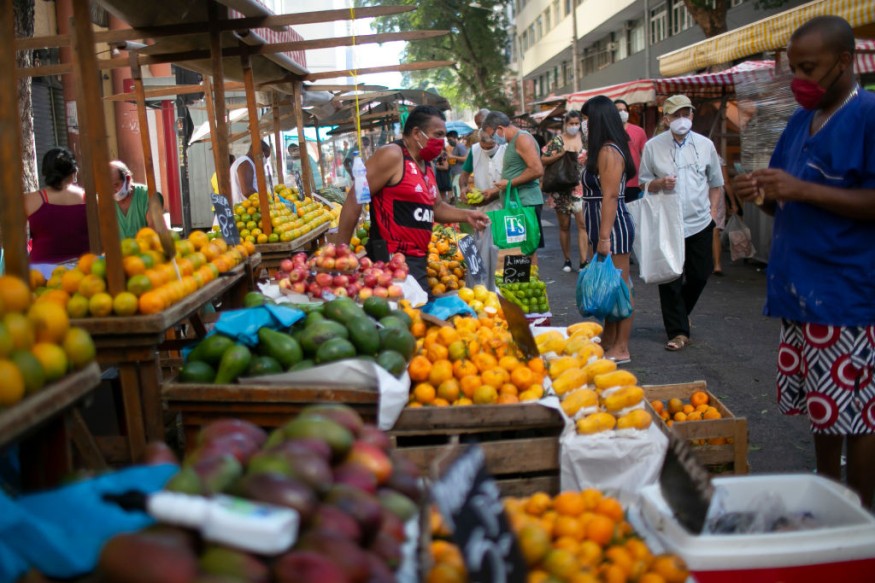Brazil: Famous Traditional Foods You Need to Try Right Away

Famous dishes in Brazil have been heavily influenced by different cultures, especially by the Portuguese, who brought their tastes and styles of cooking with them when they arrived on the land in 1500.
According to Food By Country, colonizers brought sugar, citrus, fruits, and many sweets that are still being used for Brazilian desserts developed through the Europeans' influence.
Other nationalities that settled in Brazil were Japanese, Arabs, and Germans, with one million Italians migrating to Brazil by 1880. Tupí-Guaraní and other Indian groups who lived in Brazil planted manioc, a root vegetable like a potato. Brazilians learned to make tapioca and farofa from the root vegetable.
Farofa is usually toasted and buttered and sprinkled over rice, beans, meat, and fish. The Brazilians also used it as basic flour to make cookies, biscuits, and bread.
Top Traditional Foods in Brazil
Feijoada
One of the most famous traditional Brazilian foods is Feijoada. According to Rainforest Cruises, it is a hearty stew that consists of black beans cooked with different cuts of pork, tomatoes, cabbage, and carrots.
It is traditionally made with slow-cooked offal such as trotters and ears. Feijoada is also Brazil's national dish served with kale mixed with bacon bits, rice, and farofa, with a slice of orange.
Moqueca de Camarão
Moqueca de Camarão is a stew usually based on fish or seafood seasoned with herbs and peppers. The dish can be cooked in many variations, but its common denominator is to cook it in a clay pot.
According to Food and Road, Moqueca de Camarão's origin was believed to be formed through indigenous, African, and Portuguese influences, mixing techniques and ingredients from several continents.
Acarajé
Another favorite dish in Brazil is Acarajé, a crispy fritter made from black-eyed pea with mashed and chopped onions, then deep-fried. It is a popular street food in Brazil.
According to Kitchen Butterfly, Acarajé is believed to be first sold after the abolition of slavery in the late 19th century and became an essential source of income for those who used to be enslaved.
Afro-Brazilian women who sold Acarajé are called Baianas, who wore white skirts, cotton gowns, head wraps, and beaded necklaces.
Pão de Queijo
Pão de Queijo is another snack that originated from enslaved Africans, who first soaked and peeled the cassava root before making the bread.
Its dough is made from cassava flour and Queijo Minas, a soft Brazilian cheese that can be eaten at any time of the day. Pão de Queijo is a popular Brazilian bread for breakfast, usually served with cheese and jam.
It was believed that enslaved people would gather starch residue, make balls and bake them. The Brazilian cheese bread originated in the state of Minas Gerais, which is the center of dairy production in Brazil.
READ MORE : Parts of Amazon Rainforest in Brazil Are Being Illegally Offered for Sale on Facebook Marketplace
This article is owned by Latin Post.
Written by Mary Webber
WATCH: Brazil: History, Geography, Economy & Culture - From Geodiode
Subscribe to Latin Post!
Sign up for our free newsletter for the Latest coverage!
© 2026 Latin Post. All rights reserved. Do not reproduce without permission.














